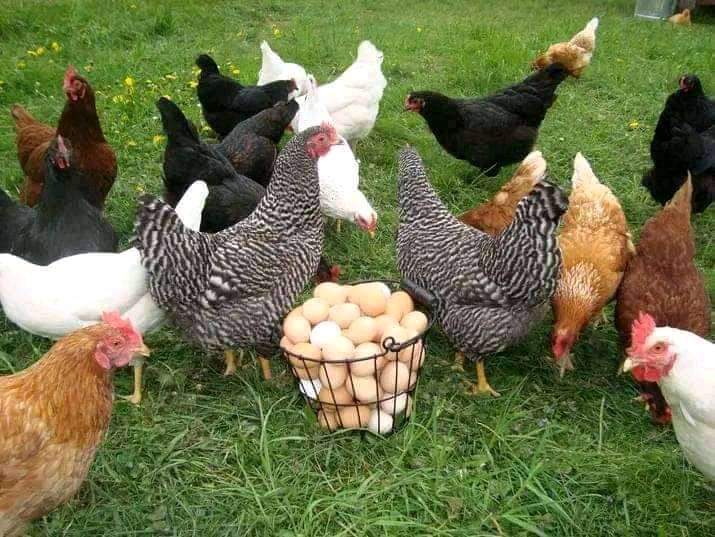Four Things You Must Keep In Mind When Thinking About Poultry Business

Are you about to venture into the poultry business or you are there already, here are four things you must keep in mind for your business to thrive?
- Market Research
- Farm Location
- Housing System
- Demand for building
1. Market research
It is very important to critically look at the demand that needs to be met. Is there a high demand for table eggs, grower chicken or broiler meat? Most start-up farmers go by what a friend or relative or neighbouring farmer is doing and hope to reap the benefits.
You must take your time to talk to clients or potential customers and listen to them. Survey restaurants, hotels, open-air or takeaway eateries, supermarkets and delis and collect as much data as possible.
Ask questions about seasonal trends of products that you intend to bring into the market. Sometimes your assumptions may not match your survey results or outcome, so be ready to change your original plans and make new decisions.
2. Farm location
A poultry farm can be located on any dry land anywhere in the country as it is not dependent on any weather patterns. However, the ideal location would be the outskirts of urban or peri-urban cities where there is a ready market for both meat and eggs. Construct your farm where there is access to all-weather roads, away from riparian land that experiences occasional flooding and landslides.
3. Housing system
READ ALSO » Areas You Must Pay Attention To Maximize Your Profit In Poultry Business
The most common housing system in this part of the world is deep litter, where the entire floor is covered by wood shaving and the other equipment like nest boxes, feeders and drinkers are centrally located. It is best suited for all types of birds and conforms to animal welfare requirements.
The free-range type is common for Sasso chicken with a bit of housing at night and a scavenging free-range open enclosure. In organic farming, the chickens are most of the time on free-range scavenging and are on restricted commercial feed with no use of antibiotics and any additive.
4. Demand for building
The most ideal house in this region must be an open-sided rectangular shaped structure, with a roof made of iron sheet or locally available waterproof material. Moulded with 4-block height and with wire net to cover.
Read also: https://teamboma.com/business/300-chicks-per-year-with-10-hen
